Discover the vibrant world of Vietnam’s languages, where history and culture intertwine in fascinating ways. From the tonal beauty of Vietnamese to the diverse voices of its ethnic groups, let’s dive into the linguistic heart of this incredible country.
What languages are spoken in Vietnam?
The main language in Vietnam is Vietnamese. But did you know there are over 50 languages spoken across the country? That’s because Vietnam is home to 54 officially recognized ethnic groups, each bringing its own linguistic flavor.

Vietnamese, or Tiếng Việt, is the official language. It’s spoken by nearly everyone, and for good reason—it ties the country together. But step into the mountains of Sapa or the Central Highlands, and you’ll hear languages like Hmong, Tay, or Bahnar. These languages are like a time capsule of Vietnam’s diverse history.
How Many Languages Are Spoken in Vietnam?
Vietnam is home to 53 ethnic minority groups in addition to the majority Kinh (Vietnamese) population. These groups speak approximately 54 distinct languages, including Vietnamese itself. These languages are native to Vietnam and reflect its diverse cultural heritage.
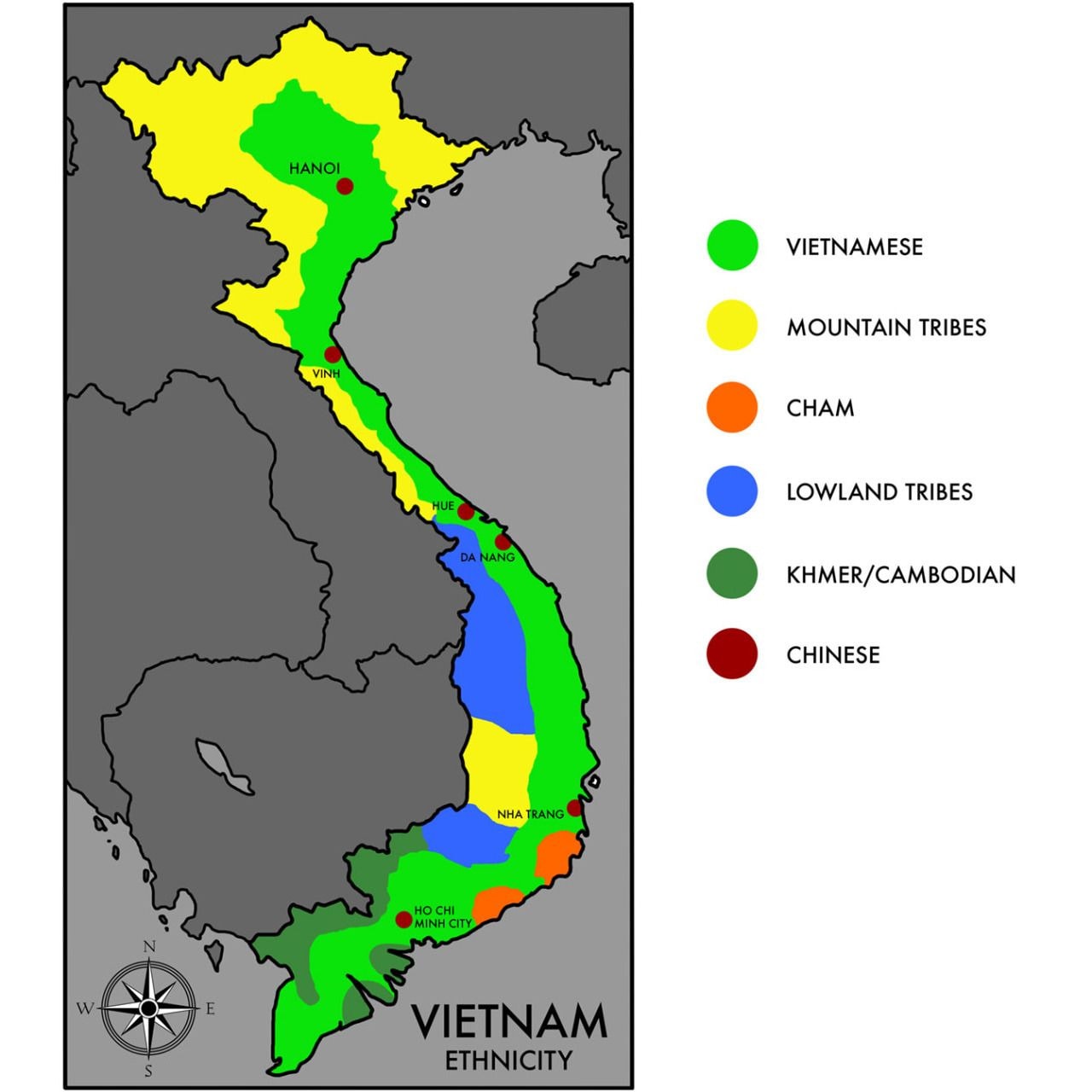
Here’s how the number breaks down:
- Vietnamese (Tiếng Việt) is the primary and national language.
- 53 additional ethnic languages are spoken by the various ethnic groups across the country.
So, in total, there are 54 native languages spoken in Vietnam by Vietnamese people.
Why does Vietnamese sound so musical?
It’s all about tones! Vietnamese is a tonal language, meaning how you say a word can completely change its meaning. For example, “ma” can mean “ghost,” “but,” or even “mother,” depending on the tone. There are six tones in total, and mastering them can feel like learning to sing a new melody.
This tonal nature makes Vietnamese unique, but it’s also why learning it can be tricky for visitors. Don’t let that stop you, though! Locals appreciate any effort to speak their language—even a simple “xin chào” (hello) can go a long way.
What about ethnic languages in Vietnam?
Vietnam’s ethnic groups preserve their own languages, creating a rich linguistic tapestry. Here are a few highlights:
- Hmong: Spoken in the northern mountains, this language is as vibrant as the colorful clothes of the Hmong people.
- Khmer: Found near the Mekong Delta, it reflects the influence of Cambodia.
- Cham: Used by the Cham people, this language has roots in the ancient Champa Kingdom.
- Tay and Nung: Common in the northern provinces, these are part of the Tai-Kadai language family.
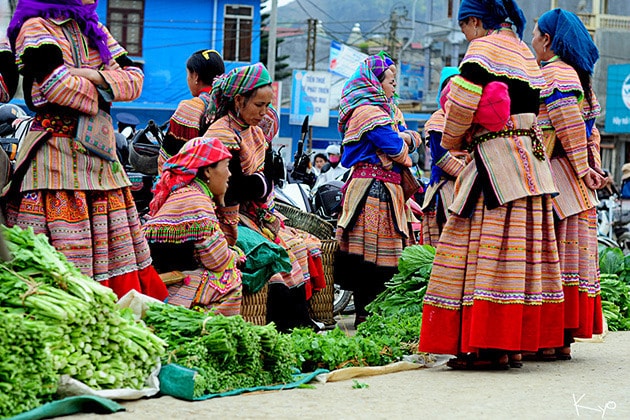
Each language tells a story. For example, the Cham language connects to the historic Champa ruins, while Hmong is tied to mountain traditions. If you visit these regions, listen closely—you’ll hear the whispers of Vietnam’s past.
List of Languages Spoken by Vietnamese People
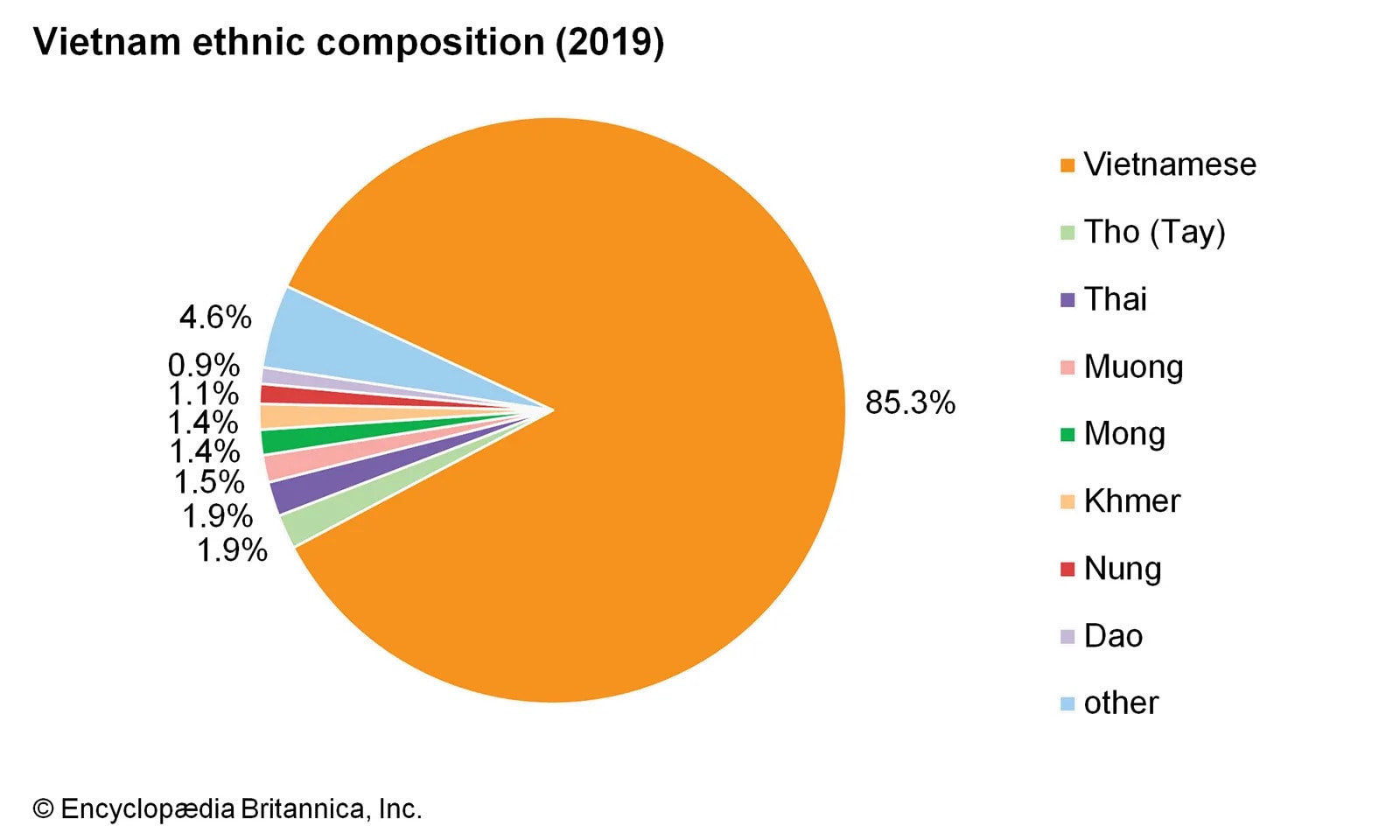
Vietnamese (Kinh) Majority
- Vietnamese (Tiếng Việt) – The official and most widely spoken language in Vietnam.
Languages of Ethnic Groups
Austroasiatic Languages
- Muong – Spoken by the Muong ethnic group in northern provinces.
- Khmer – Used by the Khmer ethnic group in the Mekong Delta.
- Bahnar – Spoken in the Central Highlands.
- Sedang – Found in the Central Highlands.
- Mnong – Central Highlands.
- Mon – Northern regions.
- Khmu – Northern Vietnam.
- Mang – Northern mountainous areas.
Tai-Kadai Languages
- Tay – Spoken in northern provinces.
- Nung – Northern regions.
- Thai – Widely used in the northwest.
- San Chay – Found in the northern region.
Hmong-Mien Languages
- Hmong – Primarily spoken in the northern mountains (Sapa, Ha Giang).
- Iu Mien (Dao) – Also found in northern mountainous regions.
Austronesian Languages
- Cham – Spoken by the Cham ethnic group in the South-Central Coast.
- Jarai – Central Highlands.
- Ede (Rhade) – Central Highlands.
- Chru – Central Highlands.
Sino-Tibetan Languages
- Cantonese – Used by the Chinese-Vietnamese community, especially in urban areas.
- Mandarin – Found in urban areas with Chinese-Vietnamese populations.
- Teochew – Urban areas (Chinese communities).
- Hakka – Urban areas (Chinese communities).
- Lolo – Northern mountainous regions.
- Phula – Northern regions.
- Gelao – Northern regions.
Sign Language
- Vietnamese Sign Language – Used by the deaf community, particularly in urban areas.
Is English popular in Vietnam?
Yes, especially in cities like Hanoi, Ho Chi Minh City, and Da Nang. English has become the go-to foreign language, thanks to its importance in business and tourism. Many young people speak it well, and you’ll see English signs in most urban areas.
But here’s the fun part: learning a bit of Vietnamese will make your travels smoother. Try phrases like:
- Cảm ơn (thank you)
- Tôi muốn ăn phở (I want to eat pho)
- Bao nhiêu tiền? (How much is it?)
Even a small effort can turn a quick transaction into a memorable exchange.
What’s the story behind Vietnam’s writing system?
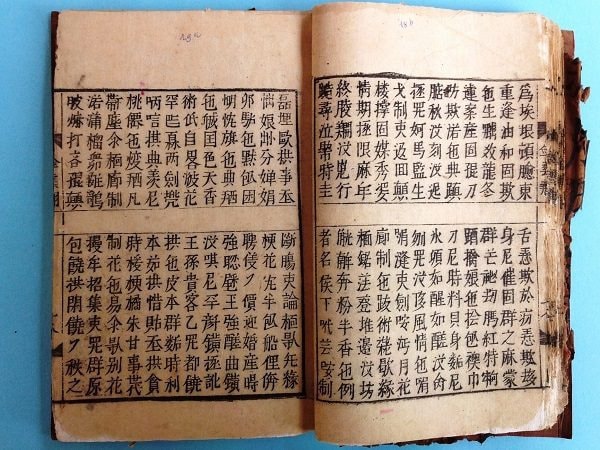
Vietnamese writing has its own fascinating history. It uses the Latin alphabet, but this wasn’t always the case. Long ago, the Vietnamese wrote in Chữ Nôm, a script inspired by Chinese characters. Then, in the 17th century, missionaries introduced Quốc Ngữ—the Latin-based script we see today.
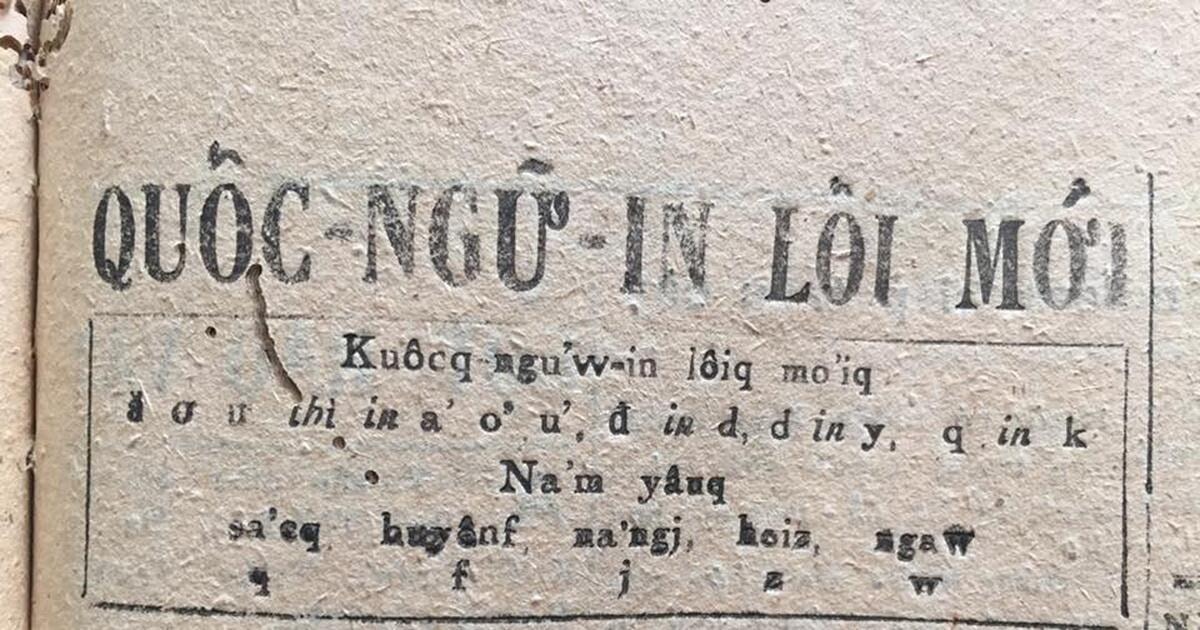
Why the change? Quốc Ngữ made reading and writing easier for the masses. By the 20th century, it became the standard, helping Vietnam achieve high literacy rates.
Languages are more than just words—they’re a key to understanding people and their culture. When you explore Vietnam’s languages, you unlock its soul. Whether you’re practicing Vietnamese tones or listening to a Hmong villager share a story, you’re connecting in a deeply human way.
At TravelersNetwork, we believe that learning even a few words in the local language can transform your travel experience. So, before your next trip, why not pick up a Vietnamese phrasebook?
Ready to explore Vietnam’s linguistic treasures?
Languages in Vietnam are as diverse as its landscapes. From the bustling streets of Hanoi to the remote villages of the Central Highlands, every word you hear has a story behind it. Dive into this linguistic adventure, and let Vietnam speak to your soul.


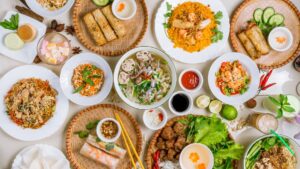
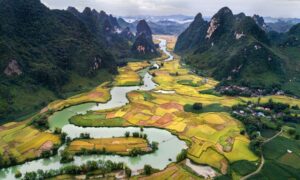
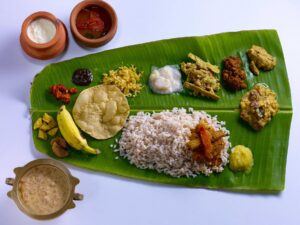
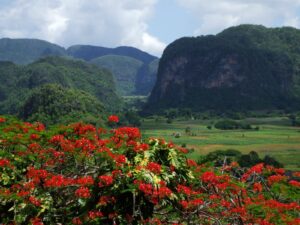
Leave a Reply